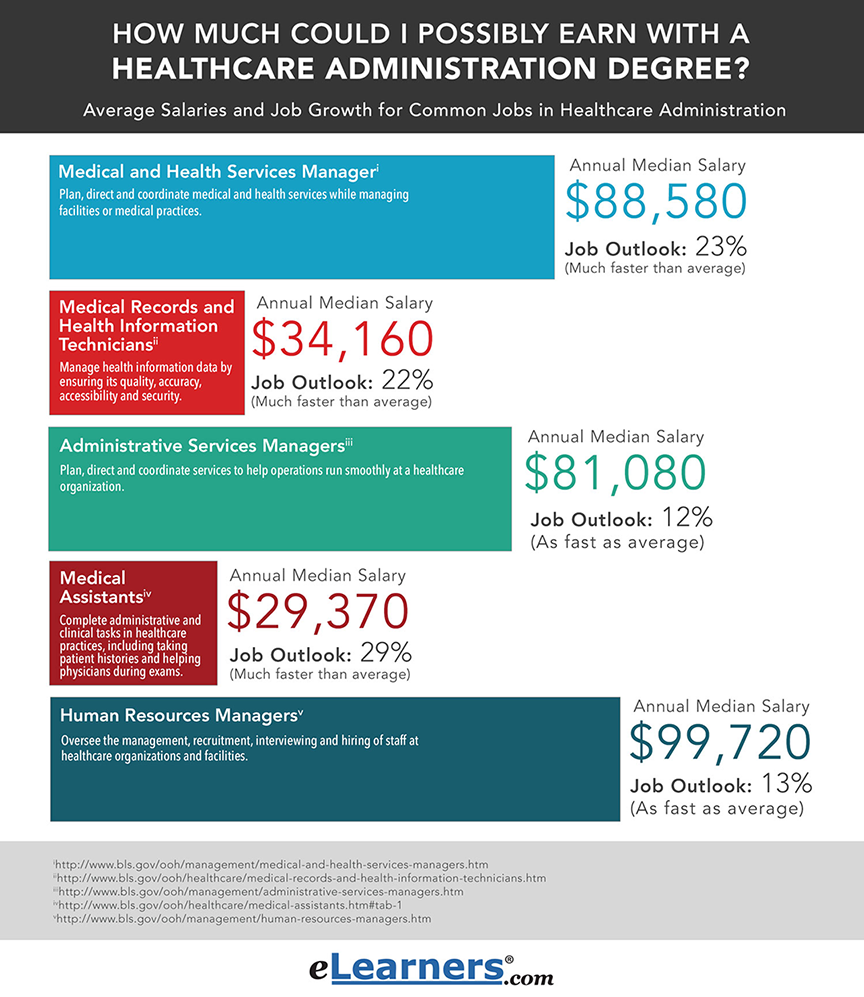Health care in the United States is supplied by numerous unique organizations. Health care facilities are mainly had and also run by economic sector businesses. 58% of area hospitals in the USA are charitable, 21% are government-owned, as well as 21% are for-profit. According to the Globe Health And Wellness Company (WHO), the United States invested $9,403 on healthcare per head, and also 17.1% on healthcare as percentage of its GDP in 2014. The United States does not have a global medical care program, unlike a lot of various other developed nations.
Often, they can reduce the quantity you owe and also permit you to pay the price that insurance companies have bargained https://emilianomkxd747.edublogs.org/2020/08/11/residence-doctor-vs-house-care-carrier/ for the exact same procedure. In some cases, especially when it comes to self-employed people, exclusive insurance can be obtained outside of the work environment. It can cover a mass of the surgery expense, however a lot of insurance policy plans have a "cap" or maximum that the business will certainly pay. For some significant surgical procedures, that cap is fulfilled or surpassed by typical treatment during the procedure.
Lack of medical insurance is related to boosted death, about sixty thousand preventable deaths each year, depending upon the research study. A research done at Harvard Medical School with Cambridge Health and wellness Alliance showed that virtually 45,000 yearly deaths are connected with a lack of patient health insurance.
How much is an electric bill for a hospital?

Lack of financial resources – Lack of available finance is a barrier to healthcare for many Americans but access to healthcare is reduced most among minority populations. Without a regular healthcare source, people have more difficulty obtaining their prescriptions and attending necessary appointments.

Ordinary Expenses for Usual Surgical Procedures.
- The federal government is expected to be much more hostile in promoting competitors among suppliers as well.
- Health differences are well documented in the UNITED STATE in ethnic minorities such as African Americans, Indigenous Americans, and also Hispanics.
- to transform the healthcare delivery system, enhancing the top quality of treatment while regulating costs.
- Medical facilities base their Emergency Room center fee cost on the seriousness of the problem they are dealing with.
The IRS revealed that it would not require that tax returns indicate that an individual has medical insurance, decreasing the performance of the private mandate, in action to Trump's executive order. The CBO reported in March that the medical care exchanges were anticipated to be secure. In May the House voted to repeal PPACA using the American Healthcare Act.
Why process is US health care's biggest problem?
The fact is that our current system is not providing better care for Americans even though we lead the world in healthcare spending. Our system is fragmented, providing care in silos where providers do not communicate well with one another.
Paying for Healthcare Facility Remains as well as Surgeries.
What is the biggest problem facing medicine?
A typical in-patient stay in a hospital is about 5 days, and that may cost you over $10,000. This figure does not include major procedures, ambulance fees, or other charges.
" Virginia Cuts State Workers' Hrs To Prevent Supplying Obamacare Insurance Coverage". " We Do Not Know Every Little Thing About Obamacare. Yet We understand Who's Attempting to Undermine It". effective January 1, 2014, the federal government will pay one hundred percent of defined cost of certain recently eligible grown-up Medicaid recipients. These payments will certainly be in effect through 2016, phasing down to a permanent 90 percent matching rate by 2020.
What are the economics of healthcare?
In the United States, ownership of the healthcare system is mainly in private hands, though federal, state, county, and city governments also own certain facilities. As of 2018, there were 5,534 registered hospitals in the United States.